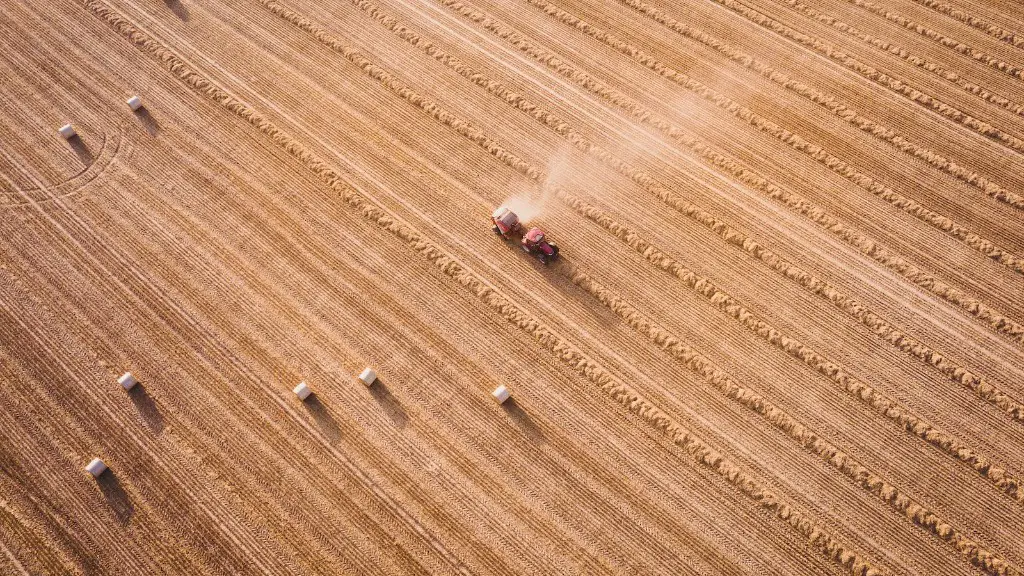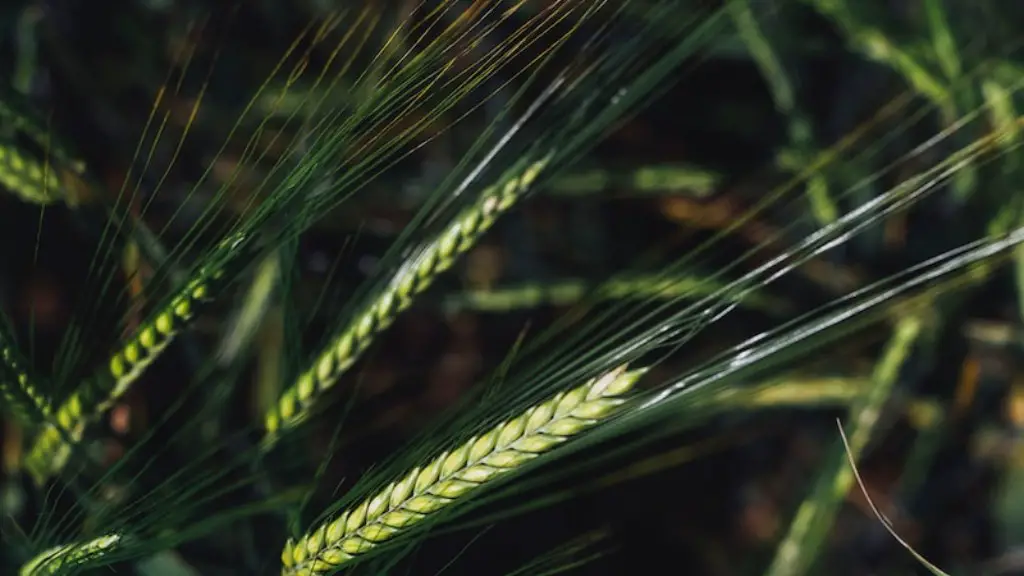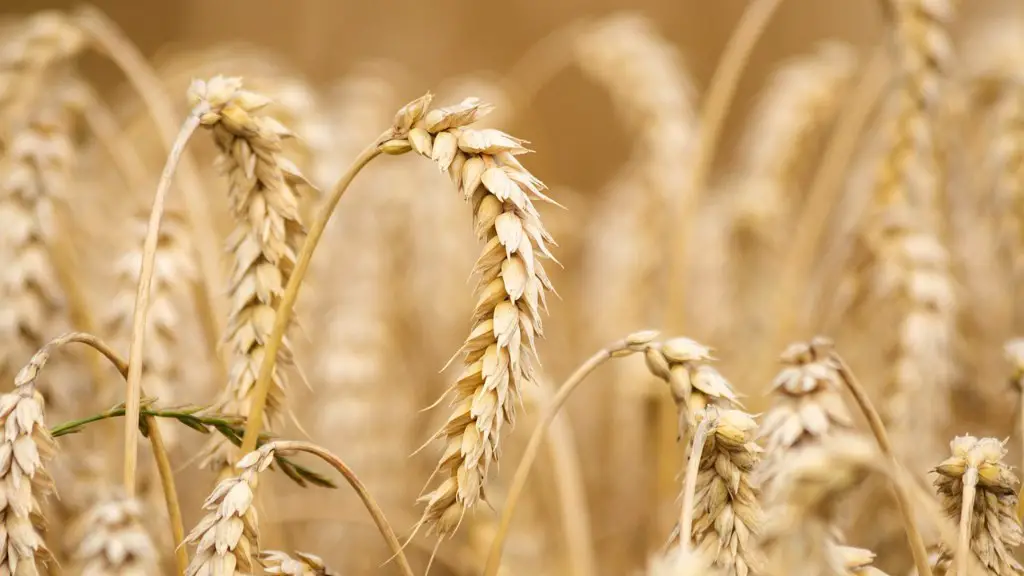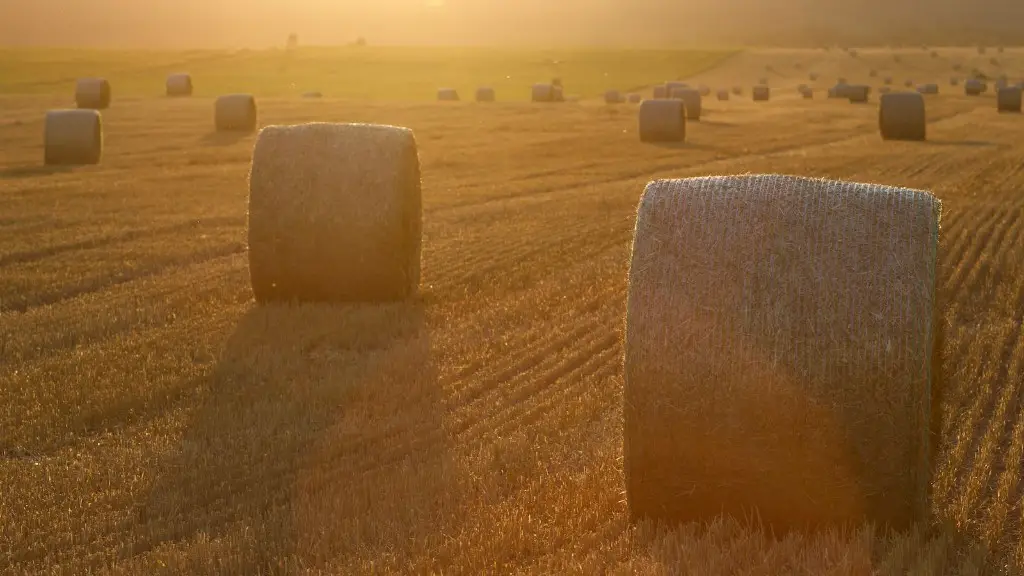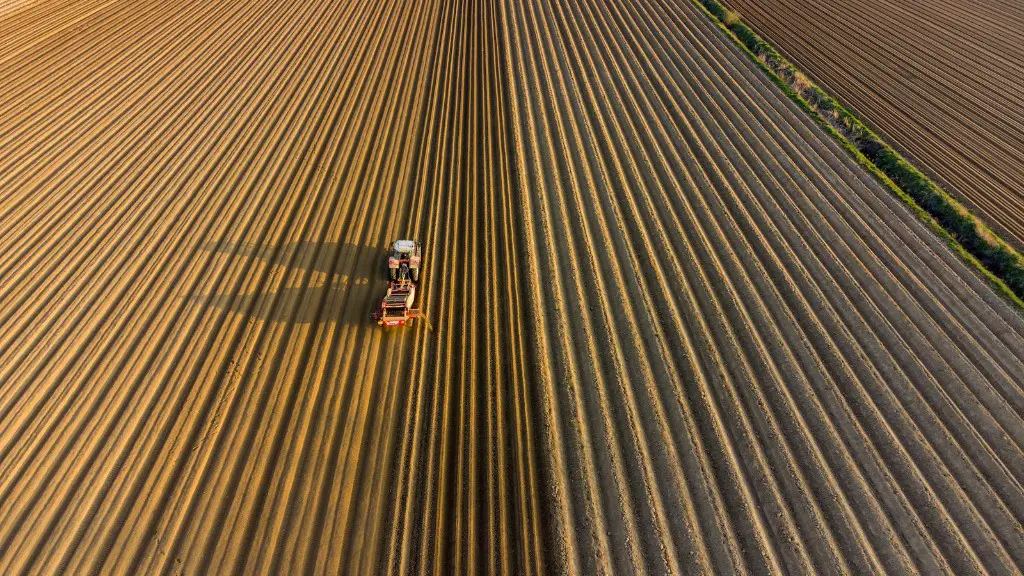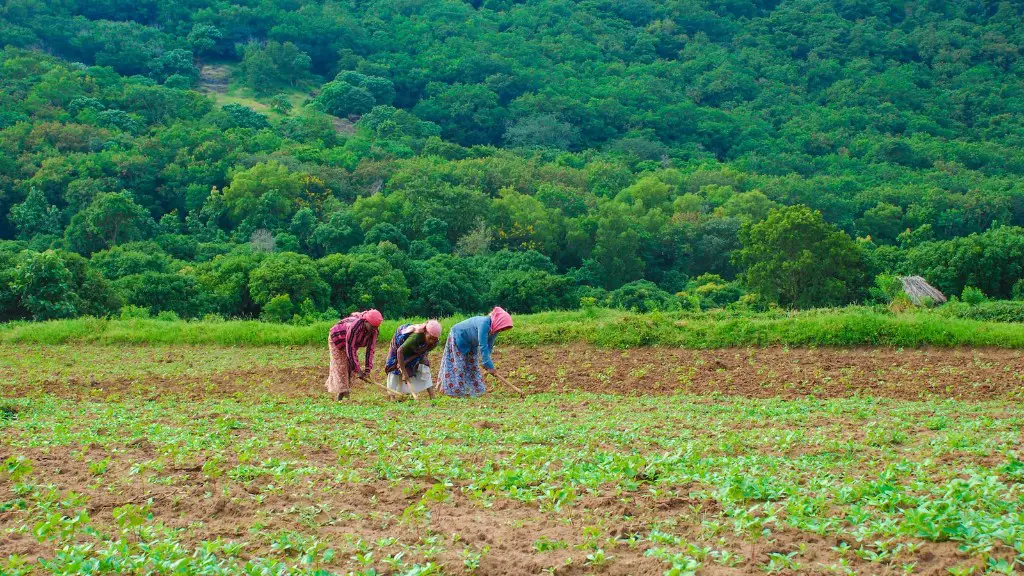The Census of Agriculture is a complete count of America’s farms and ranches and the people who operate them. When you respond to the Census of Agriculture, you provide critical data that show how agriculture contributes to our economy. The Census of Agriculture is your voice, your opportunity to be heard, and ensures that you and your community have a strong voice in decisions made about agriculture and the future of your community.
The census of agriculture is an annual survey taken by the United States Department of Agriculture. The survey asks farmers and ranchers about their operations and provides detailed information on the number of farms, land use, production practices, and other characteristics of the agricultural sector.
What is the Census of Agriculture used for?
The Census of Agriculture is the most important data collection effort for America’s farmers and ranchers. It is their opportunity to have their voices heard and to shape the future of agriculture. The Census provides vital information about land use and ownership, operator characteristics, production practices, income and expenditures, and other important aspects of the agriculture industry. This information is used by government agencies, businesses, and others to make decisions about policies, programs, and investments that impact farmers and ranchers. The Census is taken only once every five years, so it is important for everyone who cares about the future of agriculture to make sure that their voices are heard.
The Census of Agriculture is a critical tool that the government uses to understand the agricultural industry and make informed decisions about policies and programs that impact farmers and ranchers. Responding to the census is required by law, and failure to do so can result in significant penalties.
What is the history of the Census of Agriculture
The census of agriculture is a count of the number of people within each household who are engaged in agricultural pursuits. This information is used to help determine the size and scope of the agricultural industry in the United States. The census of agriculture began as part of the 1820 decennial census, when US marshals began to ask how many people within each household were engaged in agricultural pursuits. In 1840, marshals began using separate census schedules to collect data related to agriculture.
The United States Census of Agriculture is a comprehensive record of the American agricultural sector. It is conducted every five years by the United States Department of Agriculture’s National Agricultural Statistics Service. The census provides detailed information on the size, scope, and productivity of American farms and ranching operations. It is a valuable resource for farmers, ranchers, policymakers, and researchers.
When was the first census of agriculture?
The first ever comprehensive Agricultural Census was carried out in India with the agricultural year 1970-71 as the reference. This was a massive undertaking which aimed to provide comprehensive data on the country’s agricultural sector. The census covered all aspects of agriculture, including land use, cropping patterns, livestock, irrigation, and agricultural production. The census provided valuable data that was used to formulate policies and programs to improve the agricultural sector.
Demographic data is extremely important for understanding a community and how to best serve it. The Census is the best source for this data, and it is used by government agencies, non-profits, and other organizations to get a better understanding of the people who live in their communities. This data helps them to make decisions about everything from where to build new schools and roads to how to allocate resources.
What happens if you don’t do the census survey?
If you don’t respond to the census, you can be fined up to $5,000. If you provide false information, you can be fined up to $10,000.
The census is mandatory. It is an offence to supply false information or to not complete the census, and you could be fined. Some questions are clearly labelled as voluntary.
Does the census ask how much money you make
The questions on the form help to create a profile of the type and distribution of income in a community. This information is important in order to assess needs and target assistance programs.
The National Agricultural Statistics Service (NASS) will send reminder notices to those who do not respond to the Census of Agriculture, and may attempt to contact those producers for a personal interview. Response to the Census of Agriculture is required by federal law.
What is census explanation?
A census is an official survey of the population of a country that is carried out in order to find out how many people live there and to obtain details of such things as their ages and jobs. The first national census in Britain was in 1801 and they have been carried out every ten years since then, with the latest one being in 2011.
The Agriculture Census is conducted in order to collect data on the country’s agriculture sector. This data is then used to assess the sector’s performance and formulate policies to improve its productivity. The census is conducted every five years, and the most recent one was conducted in 2015-16.
When was the last Agriculture Census
The Eleventh Agriculture Census will be the first in India to be conducted digitally. All data will be collected through an Android-based app, which will be used by field officers to collect data from farmers. The Census will provide updated information on farming practices, land use, irrigation, crop patterns, and livestock. This will help the government to formulate better policies for the agricultural sector.
The census is a vital tool for the US government to get an accurate count of the population. This information is used to determine the number of seats each state has in the US House of Representatives and is also used to distribute hundreds of billions of dollars in federal funds to local communities. The census is mandated by Article I, Section 2 of the Constitution and takes place every 10 years.
What is the first census?
The first census in the United States was conducted in 1790. The census enumerated the population as of August 2, 1790. The data was collected from households by census takers and took months to collect. The census collected information on the population, including age, sex, and race.
The Census is a crucial tool that government agencies use to inform their planning, enforcement and policy decisions. The data collected in the Census provides detailed information about the population of a particular area, and this information is used to help the government monitor the enforcement of civil rights laws, voting rights, equal employment opportunities and protections. Without the Census, it would be very difficult for the government to effectively protect the rights of all Americans.
Warp Up
The Census of Agriculture is the U.S. Department of Agriculture’s (USDA) complete count of all farms and ranches and those who operate them. The census is a detailed inventory that provides information about land use and ownership, production practices, income and expenditures, and other characteristics of the agricultural sector.
The census of agriculture is done every five years by the U.S. Department of Agriculture. The census provides a comprehensive report on the nation’s farms and ranches, including their size, number, and location. It also includes information on the farmers and ranchers who operate them, their products, and their finances.
